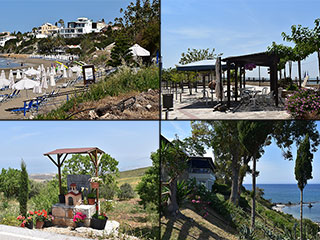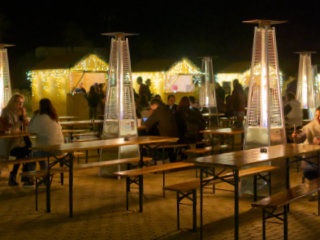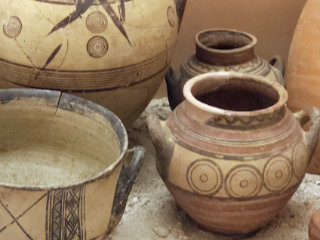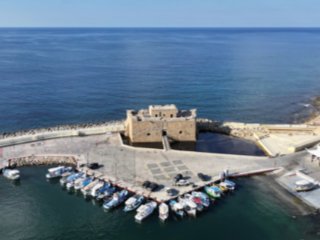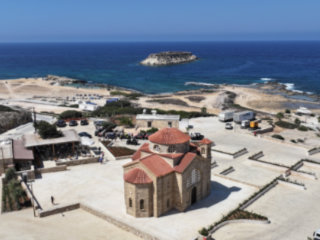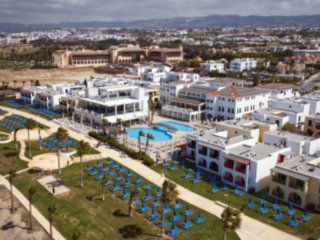Abandoned Villages - Faleia
Beyond Faleia
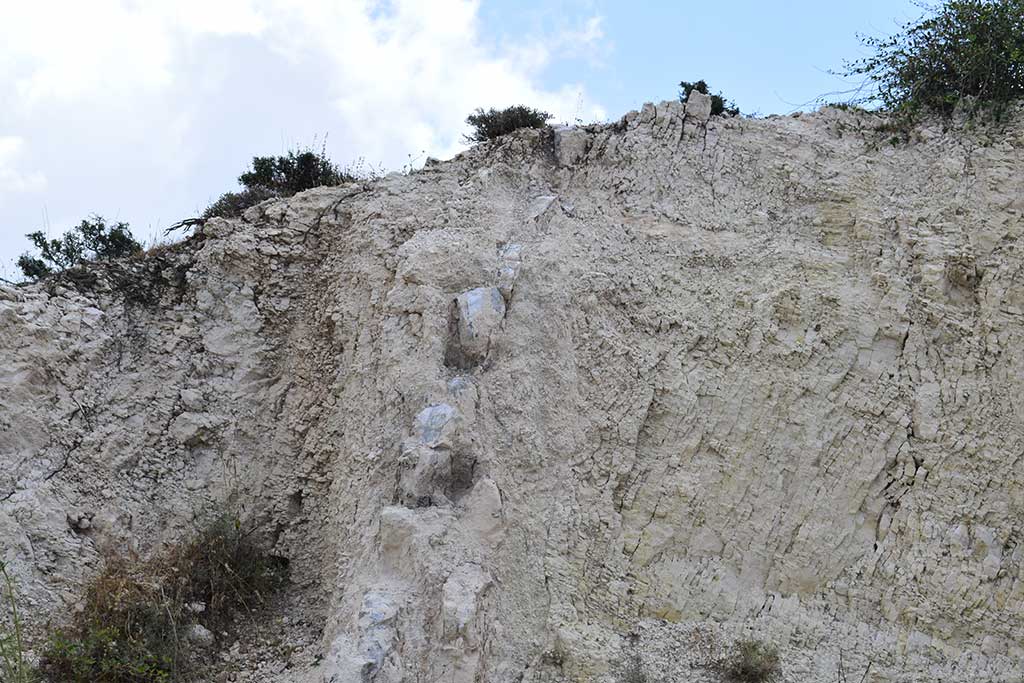
Once we had finished exploring Faleia, we continued down the road to see where it led. It is a bumpy ride, and we wouldn't recommend it in a regular car. However, it did eventually take us to a small, deserted quarry, before descending the hill and joining the Lemona Road.
We stopped at the quarry, as it had a very interesting rock vein running through it.

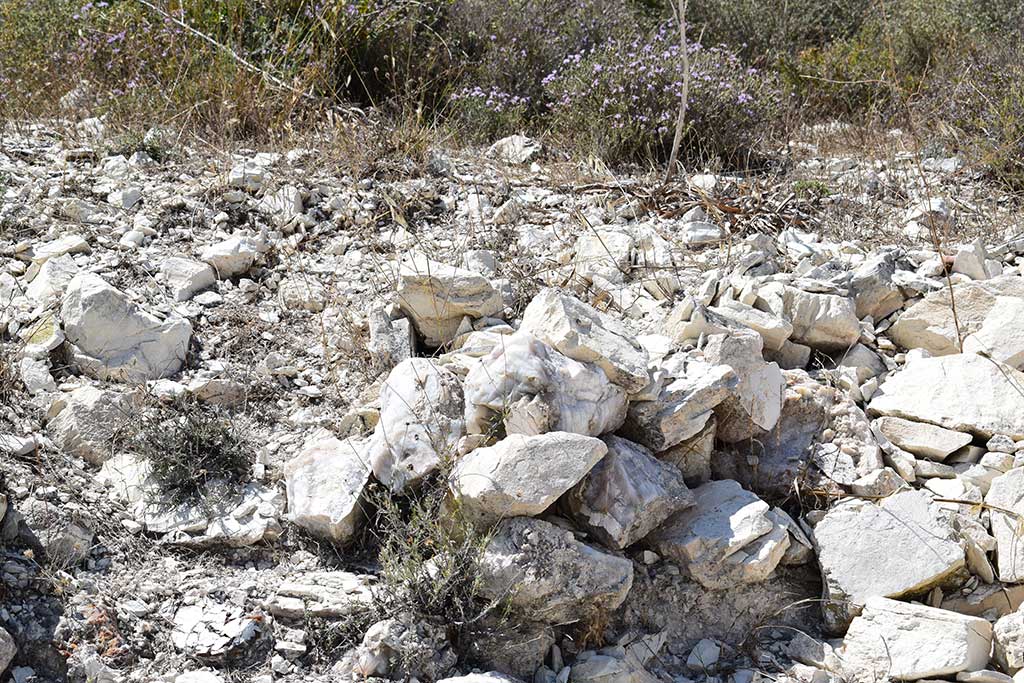
Boulders lay scattered around the quarry. I got the impression that they were a nuisance, rather than the target of the miners. They are very pretty rocks though. From the research I have done on google, I think this is marble. It could also be Alabaster, but it is very, very hard. In fact, if you hit it with a sledgehammer, it makes the kind of dink you hear when you pull a perfect golf stroke.
And what is marble? This is the definition from geology.com:
Marble is a metamorphic rock that forms when limestone is subjected to the heat and pressure of metamorphism. It is composed primarily of the mineral calcite (CaCO3) and usually contains other minerals, such as clay minerals, micas, quartz, pyrite, iron oxides, and graphite. Under the conditions of metamorphism, the calcite in the limestone recrystallizes to form a rock that is a mass of interlocking calcite crystals.
Embedded Crystals
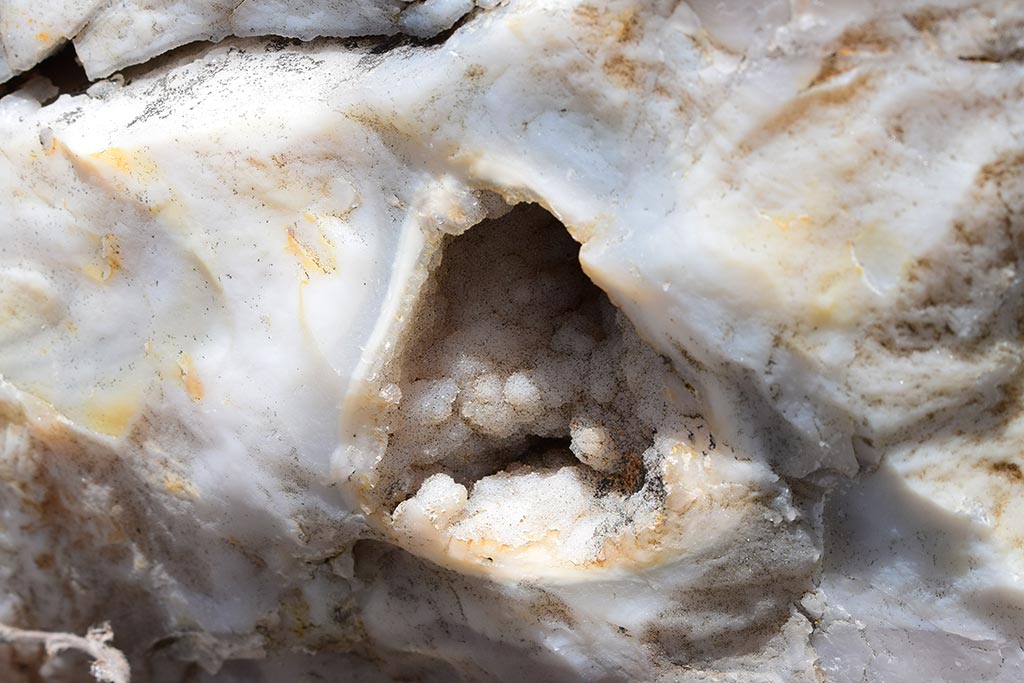
So, something hot caused a thin vein of marble to appear. I wonder what?
This was interesting, Crystals growing in a natural rock fracture.
I should state, that my geology knowledge is limited to google searches. I am more than happy to be corrected. My comments are not made from any position of authority.
The Other Side of the Road
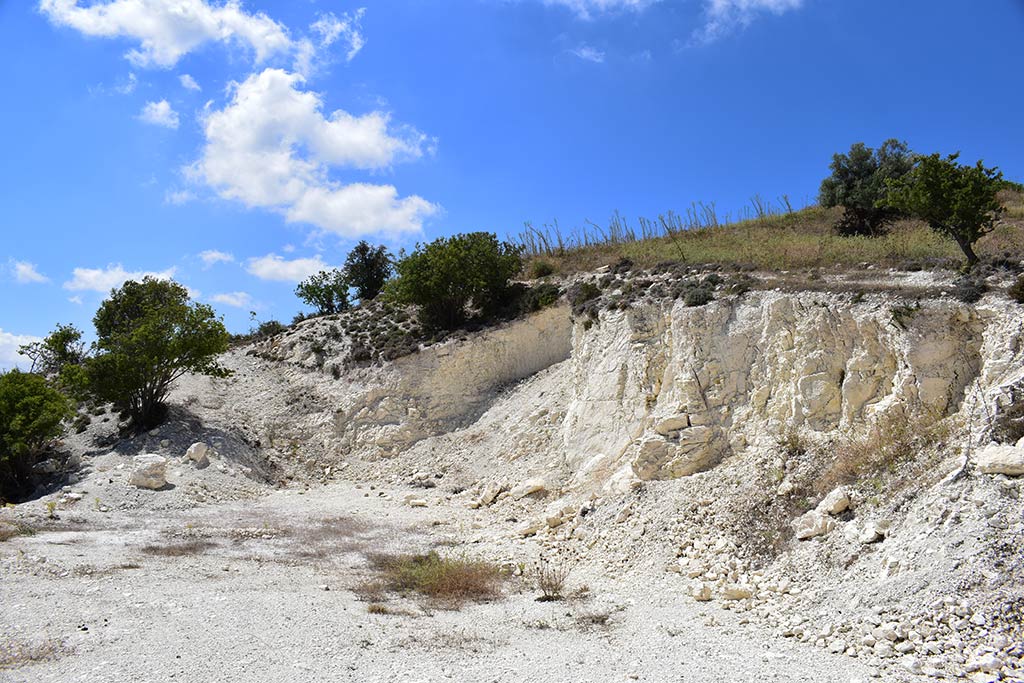
The other side of the quarry just seems to contain what I assume is limestone. So the vein is very localised.
One Final Shot
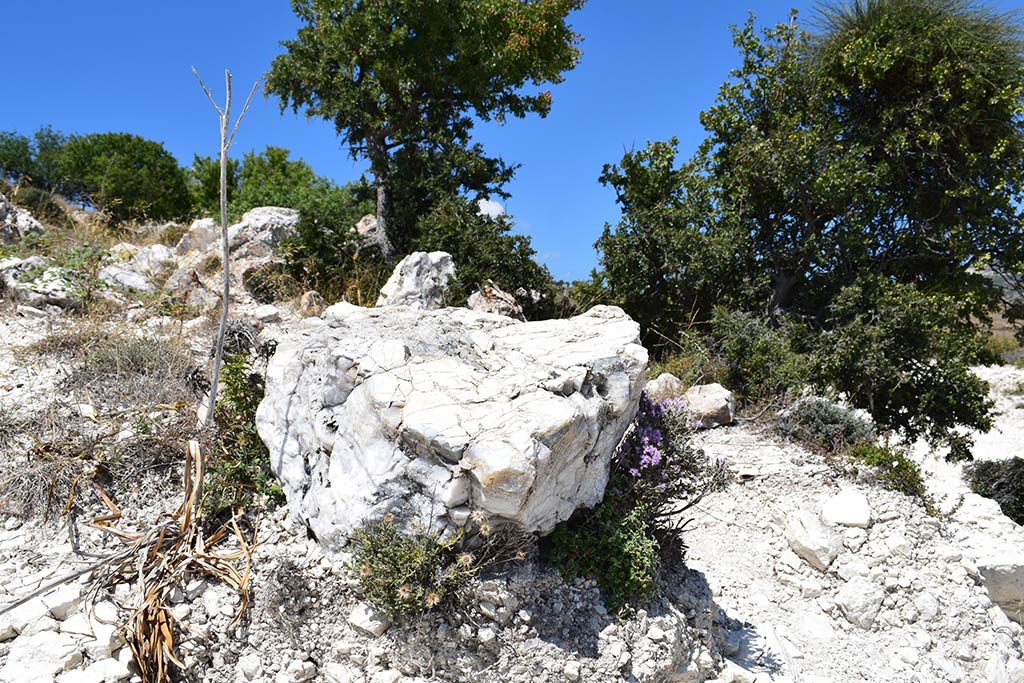
A final shot, showing smaller fragments of the mysterious white rock, scattered amongst the undergrowth.
If you like exploring, Faleia is well worth a visit. You can drive there from Agios Fotios in any car, though if you don't like bumpy rides, I would park when you hit the outskirts. Remember though, that some people do still live here, and some properties will still be in use depending on which season you arrive. So please treat the area with respect, and remember the Urban Explorer's Code: Leave only footprints, take only photographs.
Page 9 of 9


Related Blogs:
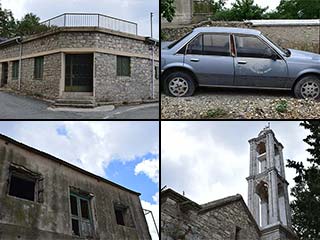
Abandoned Villages - Statos
Statos is unusual, as abandoned villages go. People deserted it not because of inter-communal fighting, but because of the threat of landslides. And then, no sooner had they emptied, some of the abandoned buildings were repopulated. Were villagers returning, or had outsiders moved in, prepared to take the risk of landslide?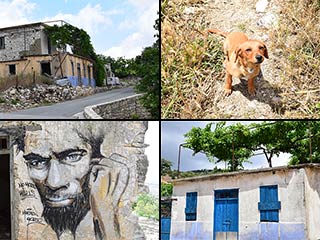
Abandoned Villages - Agios Fotios
Given that I wrote a blog about Statos last week, it would be unfair of me not to cover its close neighbour, Agios Fotios. Their histories are intertwined, as they were both abandoned for the same reason. Indeed, they merged to form a new, single town, called Statos Agios - Fotios. So what was left behind...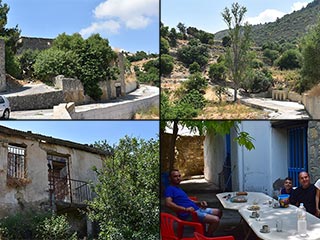
Mousere
If you are driving to Troodos on the Kouklia - Dora road, you will pass through Mousere just after Archimandrita. It isn't a very big place, but it is worth a look around, as there are some nice views coupled with some interesting ruins. Plus, the locals are very welcoming...Good Pages To Visit

FB PagePaphos Life on Facebook
Like us on Facebook and stay notified of new blog posts.

FB PageOur Facebook Chat Group
Paphos Chat has been created for people who like our site and want to chat using Facebook. You can also easily upload photos of any size here. A lot of people are members of the Facebook chat group and the main forum. It's entirely up to you.
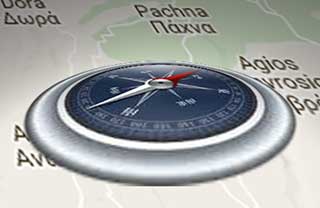
ListBlog Locations
Planning a day out? Then use our map of blog locations as a handy guide. Some of the places we visit our closer to each other than you might think, so take a look and start planning your next adventure...
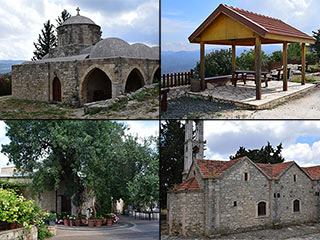
eBookCyprus Road Trip 01: the Kathikas - Panagia Loop
Let me take you on a journey around the region of Paphos, Cyprus. Starting at Paphos itself, we travel to Akoursos, then Kathikas, Kritou Terra and Simou. We continue past Lasa and Kannaviou, before taking in the delights of Panagia. Getting a bit more adventurous, we visit the abandoned villages of Statos and Agios Fotios, before passing through Choulou, Letymbou and Polemi, and rejoining the main Paphos - Polis road.
The route is suitable for all types of vehicle, and requires no off-roading. The guide contains about 130 photographs including shots of all the road signs you need to pay attention to, as well as some of the highlights you may experience along the way.
There are also several maps which will help you keep your bearings.
You can do this journey in a day, or you can break it up into chunks. You can also do it in reverse, to get some completely different views. It is entirely up to you.
